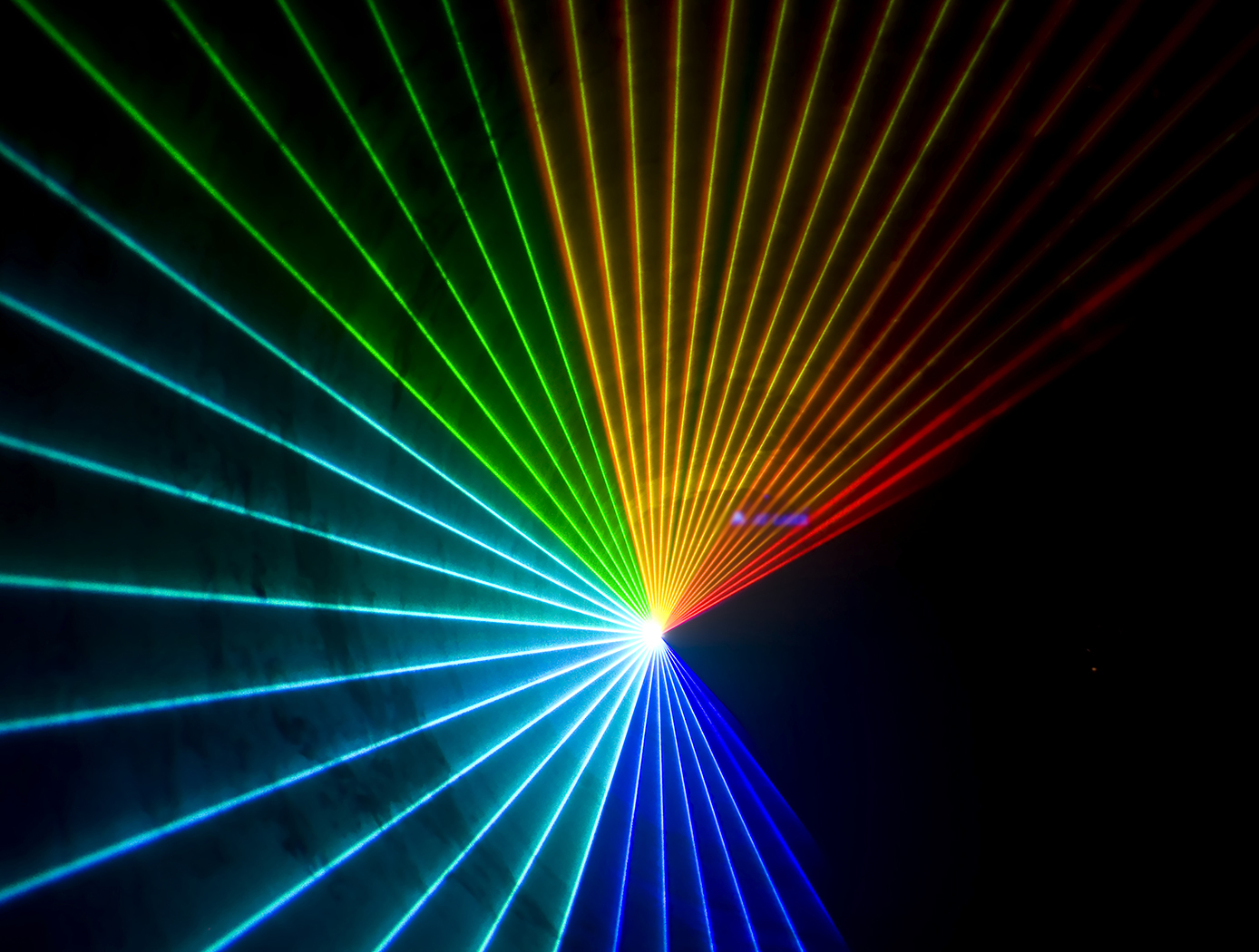Search
Communications

Optical Tunable-Based Transmitter for Multiple High-Frequency Bands
NASA Glenn's researchers have developed a means of transporting multiple radio frequency carriers through a common optical beam. In contrast to RF infrastructure systems alone, this type of hybrid RF/optical system can provide a very high data-capacity signal communication and significantly reduce power, volume, and complexity. Based on an optical wavelength division multiplexing (WDM) technique, in which optical wavelengths are generated by a tunable diode laser (TDL), the system enables multiple microwave bands to be combined and transmitted all in one unit. The WDM technique uses a different optical wavelength to carry each separate and independent high-frequency microwave band (e.g., L, C, X, Ku, Ka, Q, or higher bands). Since each RF carrier operates at a different optical wavelength, the tunable diode laser can, with the use of an electronic tunable laser controller unit, adjust the spacing wavelength and thereby minimize any crosstalk effect.
Glenn's novel design features a tunable laser, configured to generate multiple optical wavelengths, along with an optical transmitter. The optical transmitter modulates each of the optical wavelengths with a corresponding RF band and then encodes each of the modulated optical wavelengths onto a single laser beam. In this way, the system can transmit multiple radio frequency bands using a single laser beam. Glenn's groundbreaking concept can greatly improve the system flexibility and scalability - not to mention the cost of - both ground and space communications.
Communications

Real-Time Tracking System
The innovation builds upon conventional UWB hardware by incorporating tracking methodology and algorithms in addition to external amplifiers for signal boost. The tracking methodology is a triangulation calculation consisting of Angle of Arrival (AOA) and Time Difference of Arrival (TDOA) using a cross-correlation peak detection method. By directly estimating TDOA information from UWB pulses, the method achieves the high temporal resolution (on the order of picoseconds) needed to measure AOA with extreme precision. The system uses a PC to synchronize and process data in real time from two receivers, or clusters, to display the position of the transmitter-equipped person or object. The interface software enables the PC to access the two data sets simultaneously through separate sockets. In the data collection process, data segments from each receiver are interleaved with those from the other receiver in chronological order of collection. Within the PC, the data segments are stored in a separate buffer; therefore, the contents of the buffers are representations of the same UWB pulse waveform arriving at the two receivers at approximately the same time. This data synchronization provides the separate and simultaneous collection of waveform data that the tracking algorithm requires for accurate real-time tracking.
sensors

Sensing Magnetic Fields
This technology is part of Armstrong's portfolio of fiber optic sensing technologies known as FOSS. The innovation leverages Armstrong's cutting edge work in this area, including its patented FBG interrogation system, which allows for a diverse set of engineering measurements in a single compact system. In addition to magnetic field, other measurements include structural shape and buckling modes, external loads, and cryogenic liquid level. The system and measurement technology is commercially available for research applications. In addition to capitalizing on the significant advancements in fiber optic and laser technologies that have been made to support the telecommunications industry, Armstrong has also partnered with UCLA's Active Materials Lab (AML) to tap their expertise in the field of magnetics.
<b><i>For more information about the full portfolio of FOSS technologies, see DRC-TOPS-37 or visit <a href=https://technology-afrc.ndc.nasa.gov/featurestory/fiber-optic-sensing>https://technology-afrc.ndc.nasa.gov/featurestory/fiber-optic-sensing</a></b></i>



